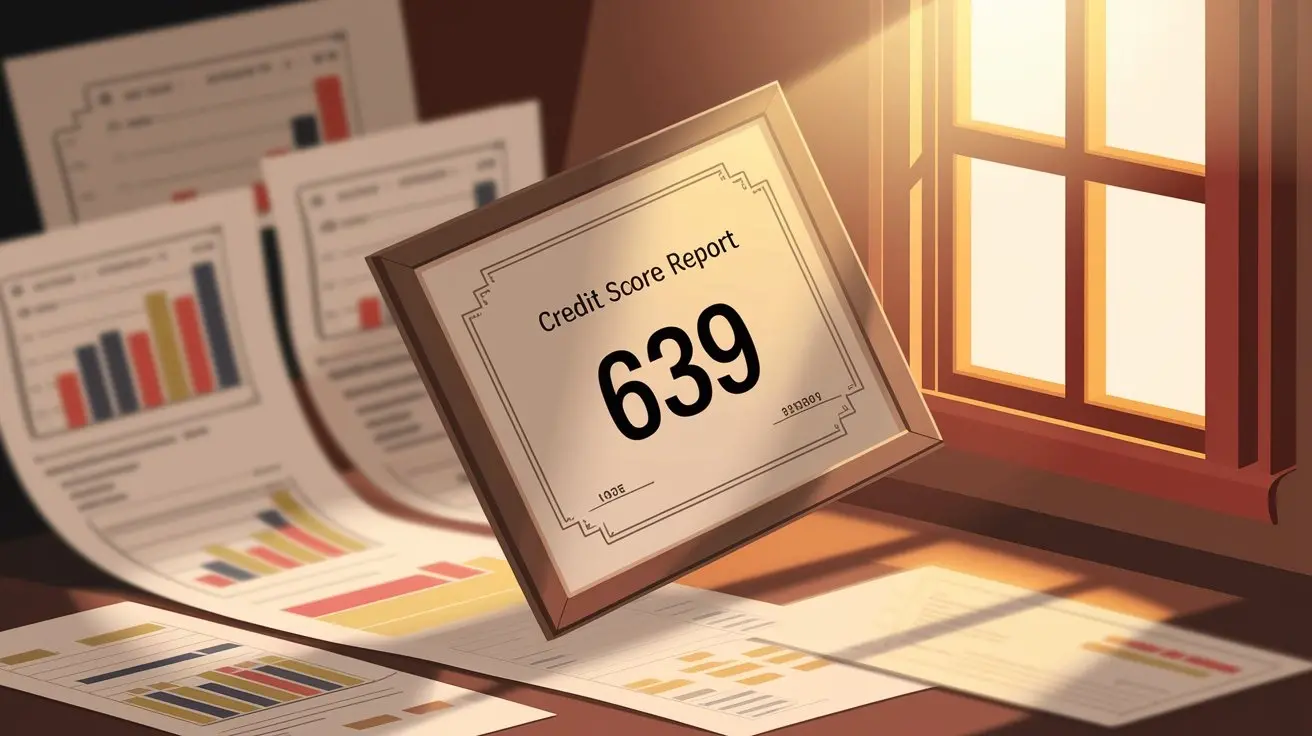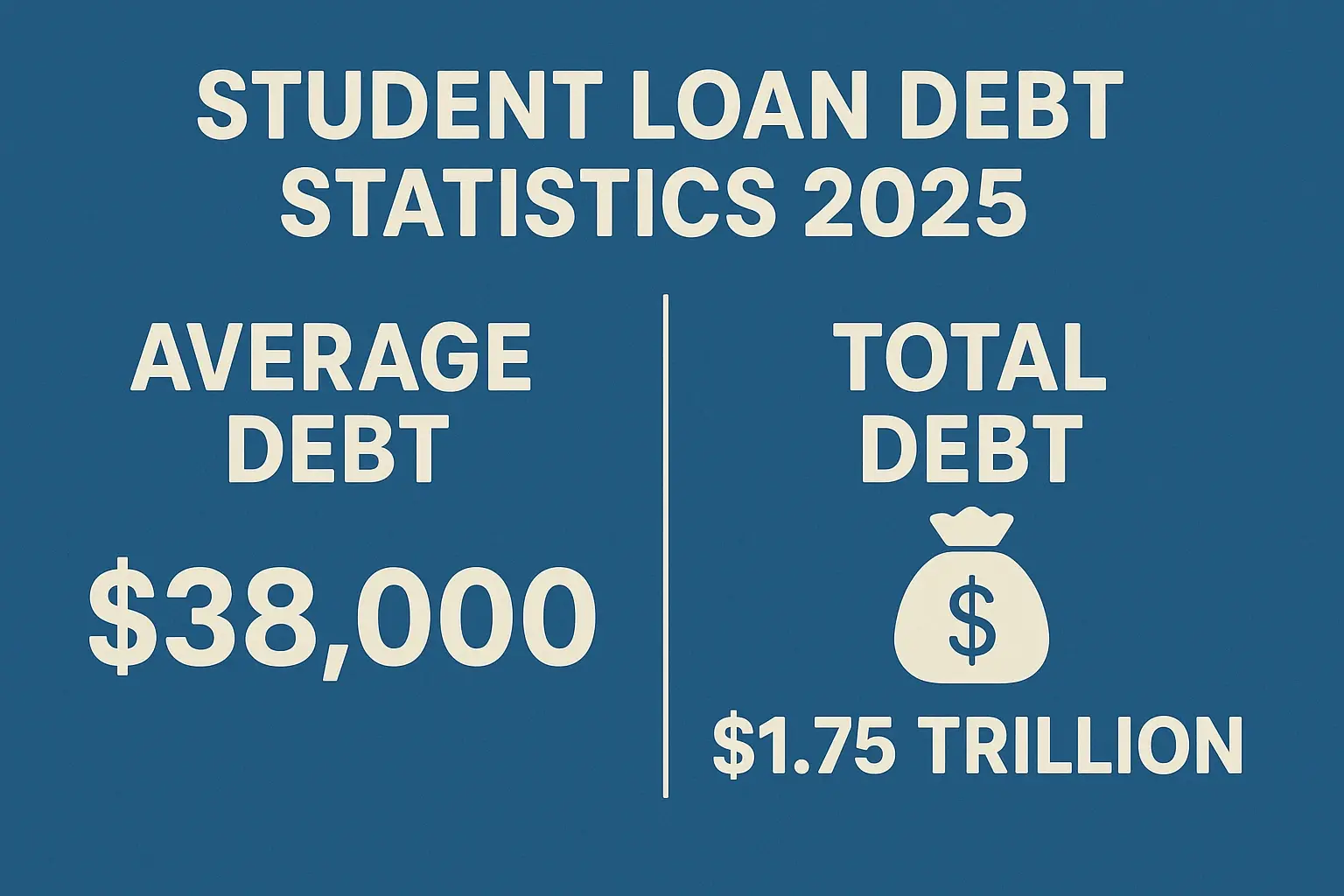-
Posted on: 08 Aug 2023

-
Your credit score is a critical component of your financial health. It influences your ability to get loans, rent an apartment, secure a favorable interest rate on a mortgage, and even get a job. A low credit score can significantly limit your options and cost you thousands of dollars over your lifetime. But the good news is that you don't have to be stuck with bad credit forever. With a little knowledge and effort, you can implement effective credit repair strategies to boost your score and unlock a brighter financial future. This comprehensive guide unveils credit repair secrets and simple steps to get you started.
Understanding Your Credit Score: The Foundation of Credit Repair
Before diving into the secrets of credit repair, it's crucial to understand what a credit score is and how it's calculated. Your credit score is a three-digit number that represents your creditworthiness. It's based on information in your credit reports from the three major credit bureaus: Experian, Equifax, and TransUnion. While the exact scoring models vary (FICO and VantageScore are the most common), they generally consider the following factors:
- Payment History (35%): This is the most important factor. Making on-time payments on all your debts (credit cards, loans, utilities, etc.) is crucial for building a good credit score.
- Amounts Owed (30%): This refers to the total amount of debt you owe and your credit utilization ratio (the percentage of your available credit that you're using). Keep your credit card balances low.
- Length of Credit History (15%): The longer your credit history, the better. A longer history provides more data for lenders to assess your creditworthiness.
- Credit Mix (10%): Having a mix of different types of credit (credit cards, installment loans, mortgage) can positively impact your score, but it's not essential.
- New Credit (10%): Opening too many new accounts in a short period can lower your score, as it suggests you may be taking on too much debt.
Why is Understanding Credit Score Factors Important for Repair?
Knowing how your credit score is calculated allows you to focus your credit repair efforts on the areas that will have the most impact. For example, if you have a history of late payments, prioritizing on-time payments becomes paramount. If you're carrying high credit card balances, lowering your credit utilization ratio should be a top priority.
Secret #1: Obtain and Review Your Credit Reports
This is arguably the most critical step in credit repair. You are entitled to a free copy of your credit report from each of the three major credit bureaus (Experian, Equifax, and TransUnion) once every 12 months at AnnualCreditReport.com. Take advantage of this! Don't skip this step. Carefully review each report for inaccuracies, errors, and outdated information. These errors can significantly drag down your credit score.
Common Credit Report Errors to Look For:
- Incorrect Personal Information: Misspelled names, wrong addresses, or incorrect Social Security numbers.
- Accounts That Don't Belong to You: Accounts opened fraudulently in your name or accounts mistakenly attributed to you.
- Duplicate Accounts: The same debt listed multiple times.
- Incorrect Payment History: Late payments reported when you paid on time.
- Closed Accounts Reported as Open: This can negatively affect your credit utilization ratio.
- Discharged Debts Not Reported as Such: Debts discharged in bankruptcy should be reported as such.
- Outdated Information: Most negative information must be removed after seven years (bankruptcies can stay on for 10 years).
Secret #2: Dispute Inaccurate Information
If you find any errors on your credit reports, you have the right to dispute them with the credit bureaus. This is a crucial part of credit repair. You can dispute online, by mail, or by phone, though written disputes are generally recommended as they provide a paper trail. When submitting a dispute, be clear, concise, and provide supporting documentation.
How to File a Credit Dispute:
- Write a Dispute Letter: Clearly identify the specific information you're disputing and explain why you believe it's inaccurate.
- Gather Supporting Documentation: Include copies of documents that support your claim, such as payment confirmations, bank statements, or court records.
- Send the Dispute to Each Credit Bureau: You must dispute the error with each bureau that is reporting it. Send your dispute letter and supporting documents via certified mail with return receipt requested to ensure delivery confirmation.
- Follow Up: The credit bureaus have 30 days to investigate your dispute. They will contact the creditor to verify the information. If the creditor cannot verify the information, it must be removed from your credit report.
Secret #3: Negotiate with Creditors
If you have legitimate debts that are negatively impacting your credit score, consider negotiating with your creditors. This could involve negotiating a payment plan, a settlement for a lower amount, or a "pay-for-delete" agreement (though these are becoming less common). Even if the debt is valid, a negotiated solution can be beneficial.
Negotiation Strategies:
- Payment Plan: Agree to a payment plan that you can realistically afford. This shows the creditor you're committed to resolving the debt.
- Settlement: Offer to pay a lump sum that is less than the total amount owed. Creditors may be willing to accept a settlement rather than risk not recovering the full amount.
- Pay-for-Delete (Use with Caution): This involves agreeing to pay the debt in exchange for the creditor removing the negative information from your credit report. Get this agreement in writing before making any payments. While tempting, many creditors no longer agree to this.
Important Considerations for Negotiation:
- Document Everything: Keep a record of all communication with the creditor, including dates, times, and names of individuals you spoke with.
- Get Agreements in Writing: Any agreement you reach with a creditor should be documented in writing before you make any payments.
- Be Realistic: Don't make promises you can't keep. If you can't afford the agreed-upon payment, you'll be back to square one.
Secret #4: Build Positive Credit History
Credit repair isn't just about removing negative information; it's also about building a positive credit history. This involves demonstrating responsible credit behavior over time. Even if you've had credit problems in the past, you can rebuild your credit by taking steps to establish a solid credit foundation.
Strategies for Building Positive Credit:
- Make On-Time Payments: This is the most important factor in building good credit. Set up automatic payments to ensure you never miss a due date.
- Keep Credit Card Balances Low: Aim to keep your credit utilization ratio below 30%. Ideally, you should keep it below 10%.
- Become an Authorized User: Ask a friend or family member with good credit to add you as an authorized user on their credit card. Their positive payment history can help boost your credit score.
- Get a Secured Credit Card: A secured credit card requires a cash deposit as collateral. It's a good option for people with limited or bad credit.
- Consider a Credit-Builder Loan: These loans are designed to help people with bad credit build a positive payment history. The money is typically held by the lender and released to you after you've made all the payments.
Secret #5: Practice Patience and Persistence
Credit repair is not a quick fix. It takes time, effort, and patience. Don't get discouraged if you don't see results immediately. The process of disputing errors, negotiating with creditors, and building positive credit can take months, or even years. The key is to stay persistent and consistent with your efforts.
Why Patience is Crucial:
- Credit Bureaus Take Time to Investigate: The credit bureaus have up to 30 days to investigate your disputes.
- Positive Credit Takes Time to Build: It takes time to establish a solid payment history and demonstrate responsible credit behavior.
- Setbacks May Occur: You may encounter setbacks along the way, such as denied disputes or unsuccessful negotiations. Don't let these setbacks derail your efforts.
Secret #6: Monitor Your Credit Regularly
Even after you've successfully repaired your credit, it's important to monitor your credit reports regularly to ensure that your credit information remains accurate and to detect any signs of identity theft. Many services offer free or low-cost credit monitoring.
Benefits of Credit Monitoring:
- Early Detection of Errors: Credit monitoring can alert you to errors on your credit reports that you may have missed.
- Fraud Detection: Credit monitoring can help you detect signs of identity theft, such as unauthorized accounts or changes to your personal information.
- Score Tracking: Some credit monitoring services provide regular updates to your credit score, allowing you to track your progress over time.
Secret #7: Avoid Credit Repair Scams
Be wary of companies that promise to "erase" bad credit or guarantee quick results. These are often scams that can end up costing you money and damaging your credit even further. Legitimate credit repair involves disputing inaccurate information and building positive credit habits, not magic tricks.
Red Flags of Credit Repair Scams:
- Promises of Guaranteed Results: No one can guarantee that they can erase bad credit or improve your score quickly.
- Upfront Fees: It's illegal for credit repair companies to charge upfront fees before they've provided any services.
- Requests for Your PIN or Password: Never give your PIN or password to anyone.
- Encouragement to Misrepresent Information: Don't follow advice to provide false information on credit applications.
Secret #8: Understand the Fair Credit Reporting Act (FCRA)
The Fair Credit Reporting Act (FCRA) is a federal law that regulates the collection, use, and dissemination of consumer credit information. It gives you certain rights regarding your credit reports, including the right to dispute inaccurate information, the right to access your credit reports, and the right to limit who can access your credit information. Understanding the FCRA can empower you in your credit repair journey.
Key Provisions of the FCRA:
- Right to Dispute Inaccurate Information: You have the right to dispute inaccurate or incomplete information on your credit reports.
- Right to Access Your Credit Reports: You have the right to access your credit reports from each of the three major credit bureaus.
- Right to Limit Access to Your Credit Information: You have the right to opt out of pre-approved credit offers and limit who can access your credit information.
Secret #9: Address Derogatory Marks Beyond Credit Reports
While disputing errors on your credit report is crucial, it's also important to address the underlying causes of those errors. For example, if you have unpaid debts in collections, simply disputing the listing on your credit report may not be enough. You also need to negotiate with the collection agency to resolve the debt.
Tactics for Addressing Derogatory Marks:
- Debt Validation: Request debt validation from collection agencies. This requires them to prove they have the legal right to collect the debt and provide documentation of the original debt.
- Negotiate Payment Plans: Work with collection agencies or original creditors to establish payment plans you can afford.
- Consider Debt Management Plans: If you have significant debt, consider working with a non-profit credit counseling agency to create a debt management plan (DMP).
Secret #10: Be Aware of Statute of Limitations on Debt
The statute of limitations on debt refers to the time period within which a creditor can sue you to collect a debt. This period varies by state and type of debt. While the debt doesn't disappear after the statute of limitations expires, the creditor can no longer successfully sue you to collect it. However, it can still appear on your credit report. It's crucial to understand the statute of limitations in your state, but also to remember that acknowledging or making a payment on the debt can restart the clock.
Key Considerations:
- Varies by State: Research the statute of limitations for different types of debt (credit card, medical, etc.) in your state.
- Debt Still Exists: Even if the statute of limitations has expired, the debt still exists, and collection agencies may still attempt to collect it.
- Restarting the Clock: Making a payment or acknowledging the debt can restart the statute of limitations.








